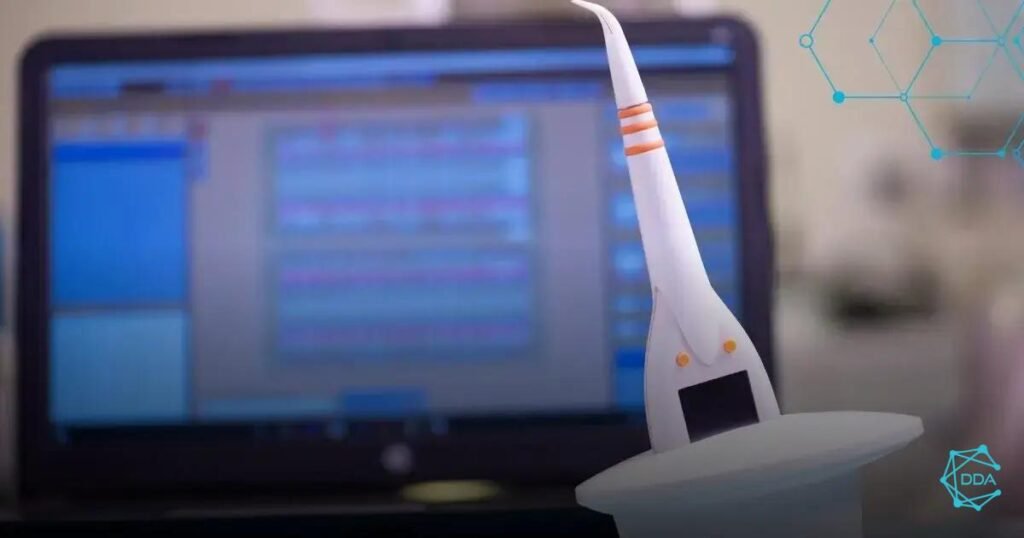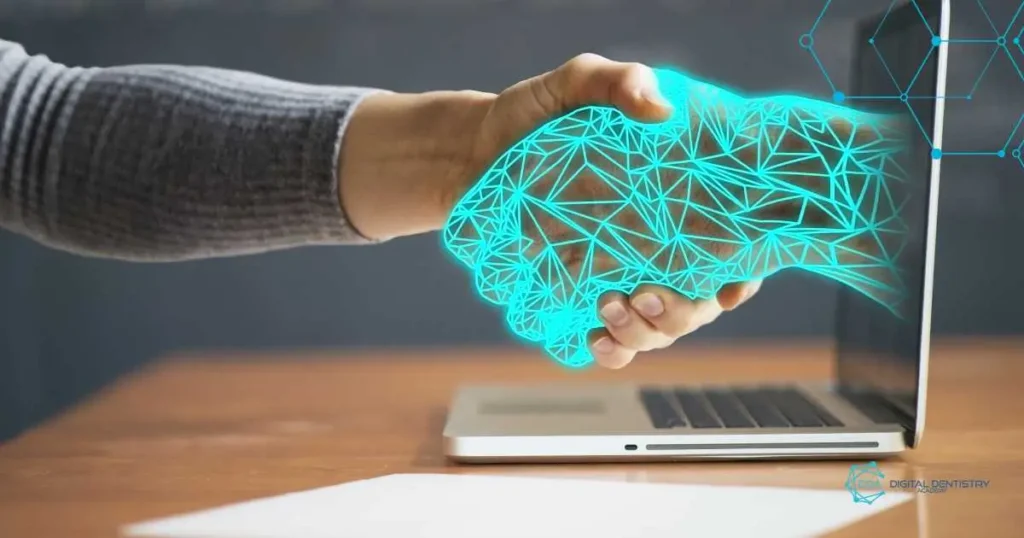To the innovations in dental 3D printers are transforming the way dentists perform procedures. With the ability to create precise, personalized models, these printers are changing the landscape of modern dentistry. In this article, we’ll explore the key innovations driving this technology and how they benefit both practitioners and patients.
Advanced Printing Technology
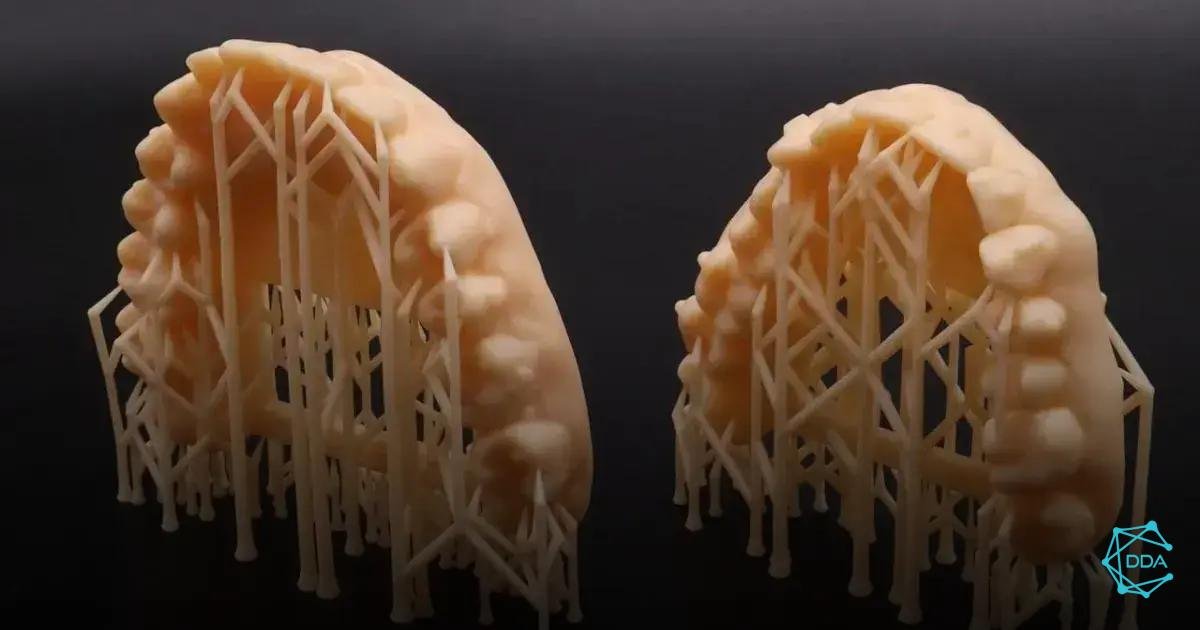

A advanced printing technology in dental 3D printers allows the creation of prototypes and customized devices with unprecedented precision. Using techniques such as stereolithography (SLA) and the fused deposition modeling (FDM), these printers can reproduce minute details that are essential for dental practice.
Additionally, 3D printing enables the production of complex parts that would be difficult or impossible to manufacture using traditional methods. This includes crowns, bridges, and aligners that are custom-made for each patient.
Another significant innovation is the use of multilayer printing. This technique provides greater strength and durability to the final products, which is crucial for long-term oral health. This allows dentists to offer more effective and long-lasting solutions to their patients.
Finally, advanced printing technology also makes it easier to mass customization. With the ability to scan a patient’s mouth and create a virtual model, dentists can quickly produce parts that meet each individual’s specific needs, improving the quality of care and patient satisfaction.
Biocompatible Materials
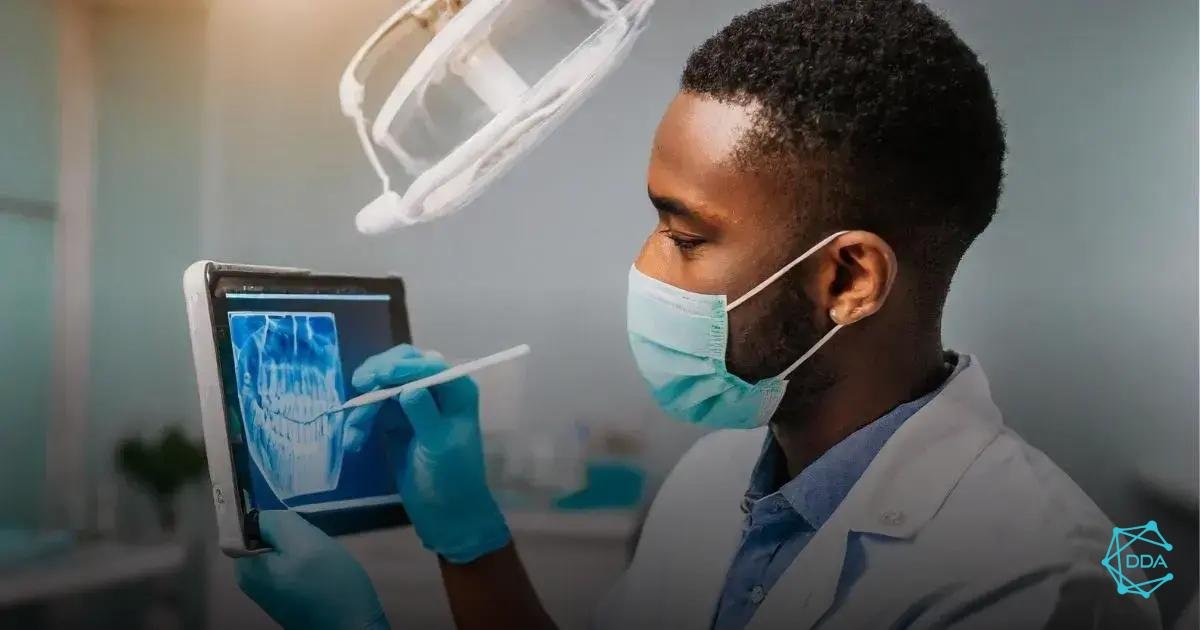

You biocompatible materials play a key role in innovations in dental 3D printers, ensuring that the devices produced are safe and effective for use in patients. These materials are designed to interact positively with human tissues, minimizing adverse reactions and promoting acceptance by the body.
Among the most used materials are light-curing resins and the thermoplastic polymers, which are ideal for the manufacture of crowns, bridges and aligners. These resins not only offer excellent aesthetics, but also have mechanical properties that ensure strength and durability.
The use of ceramic materials has also become increasingly common. These materials are known for their high biocompatibility and superior aesthetics, allowing restorations to blend seamlessly with natural teeth. This is especially important in aesthetic treatments, where appearance is essential.
Another interesting advancement is the research and development of biodegradable materials. These materials aim to reduce the environmental impact of dentistry, allowing 3D printing to be not only effective but also sustainable. With growing awareness of environmental health, this innovation represents an important step forward for the industry.
Integration with Design Software
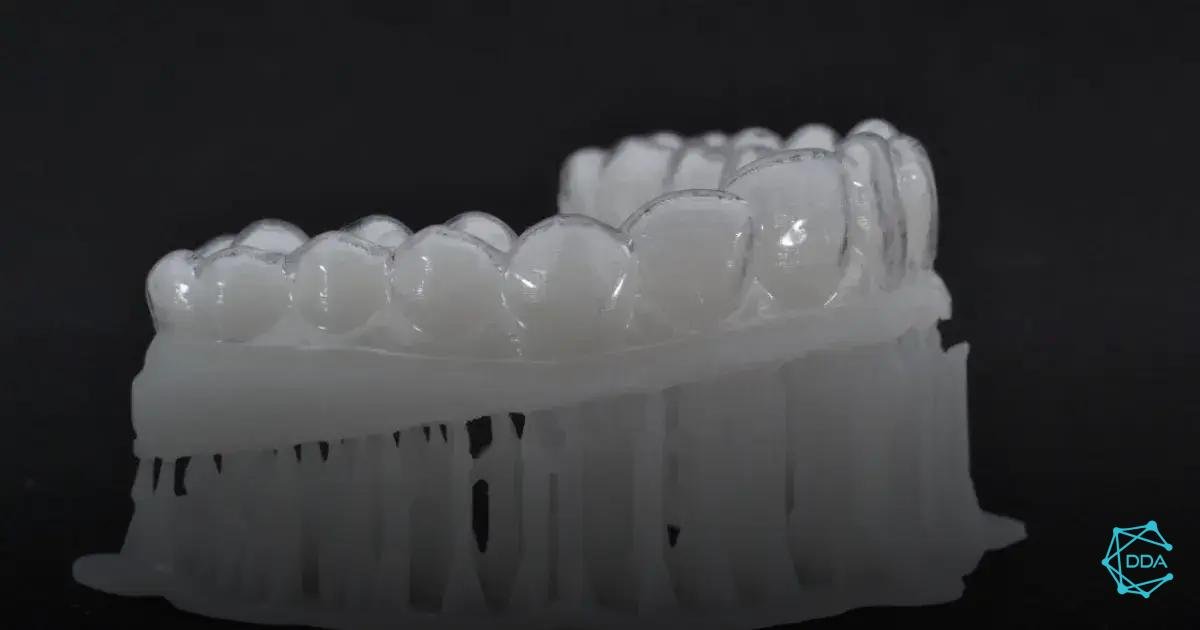

A integration with design software is one of the most significant innovations in dental 3D printing, allowing dentists and technicians to create customized models with precision and efficiency. Software such as CAD (Computer-Aided Design) is used to design restorations and devices that perfectly adapt to the patient's anatomy.
These softwares allow the 3D scanning of the patient's mouth, generating a virtual model that can be easily modified. This not only speeds up the design process, but also increases the accuracy of the parts produced, resulting in a more comfortable and efficient fit.
Additionally, integration with design software also makes it easier to treatment simulation. Dentists can view the final results before printing, allowing adjustments and optimizations in clinical planning. This improves communication with patients, who can see what the final result of the treatment will look like.
Design programs also offer tools for data analysis, allowing professionals to evaluate the effectiveness and durability of the devices created. This ability for continuous optimization is crucial for the evolution of dental practices and patient satisfaction.
Cost and Time Reduction


A cost and time reduction is one of the main advantages of innovations in dental 3D printers. With the ability to produce customized devices quickly, dentists can optimize their work time and increase productivity in their practices.
Traditionally, manufacturing crowns, bridges and other devices requires long and complex processes that can include impressions, off-site labs and multiple appointments. With 3D printing, the entire process can be performed in one location, reducing the number of visits required and speeding up treatment.
3D printing also reduces the costs associated with producing dental devices. By eliminating the need for middlemen, such as dental labs, dentists can offer treatments at more affordable prices. Additionally, the ability to print only what is needed reduces material waste, contributing to a more sustainable practice.
Another important aspect is the efficiency in inventory management. With print-on-demand, practices can maintain a reduced inventory of supplies by printing only what is needed for each patient. This not only saves space, but also reduces operating costs.
Impact on Patient Experience
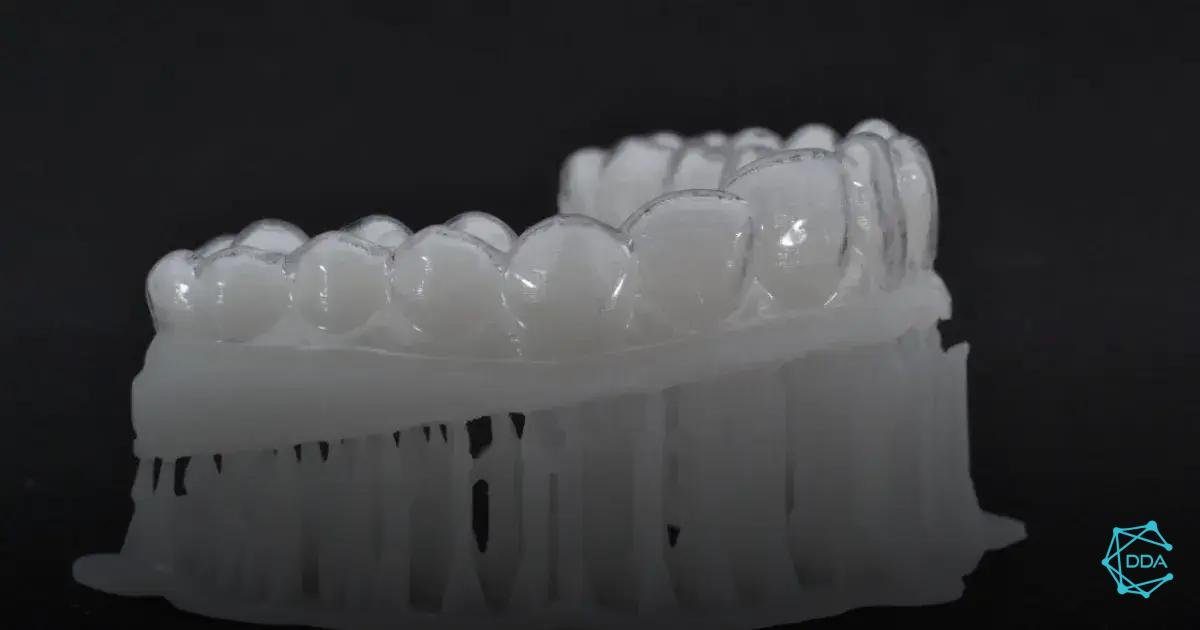

O impact on patient experience is a crucial consideration in dental 3D printer innovations. With the ability to create customized devices quickly and accurately, dentists can provide more efficient and satisfactory care.
One of the most notable improvements is the custom fit that 3D printers provide. Each device is tailored to each patient’s unique anatomy, resulting in greater comfort and functionality. This not only improves the patient experience, but also increases the effectiveness of treatments.
Additionally, 3D printing significantly reduces the waiting time for treatment completion. Patients no longer have to wait long periods for fillings or aligners, as many of these devices can be produced in-office during the consultation. This speed of operation contributes to overall patient satisfaction.
Communication between dentists and patients also benefits from technology. With the ability to display simulations and 3D models during consultations, dentists can better explain procedures and expected results. This builds trust and understanding on the part of the patient, making the experience more collaborative.
Finally, the use of 3D printers can also be an important differentiator for practices that want to stand out in the market. By offering advanced technologies, dentists attract patients who value innovation and quality in care.

